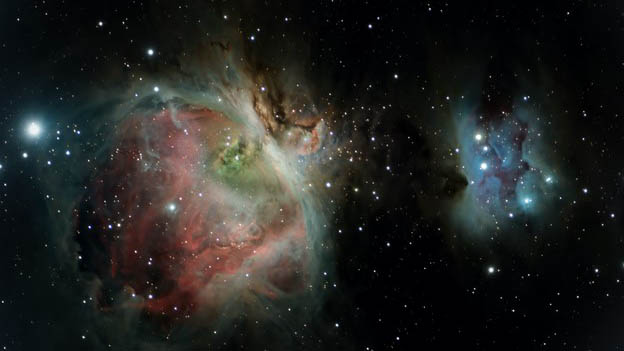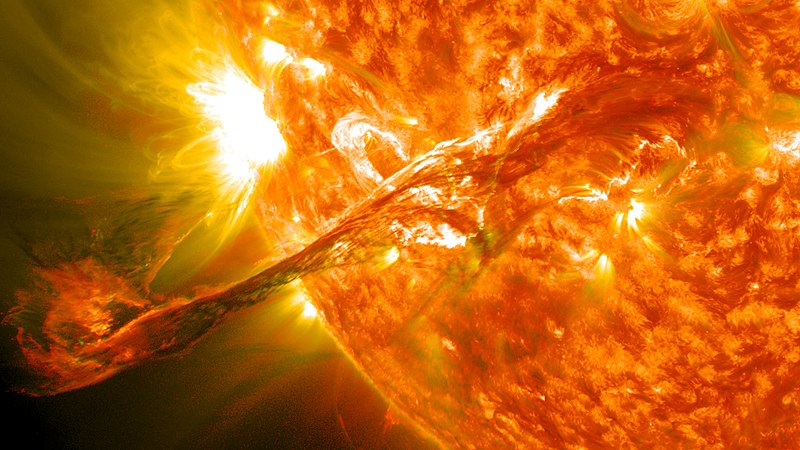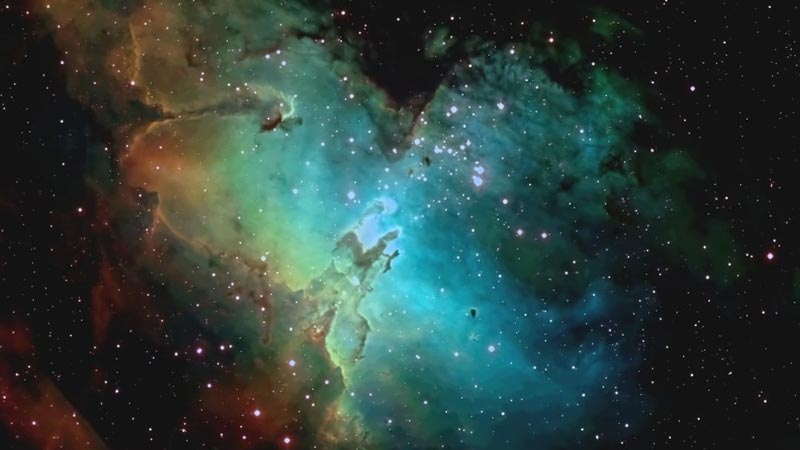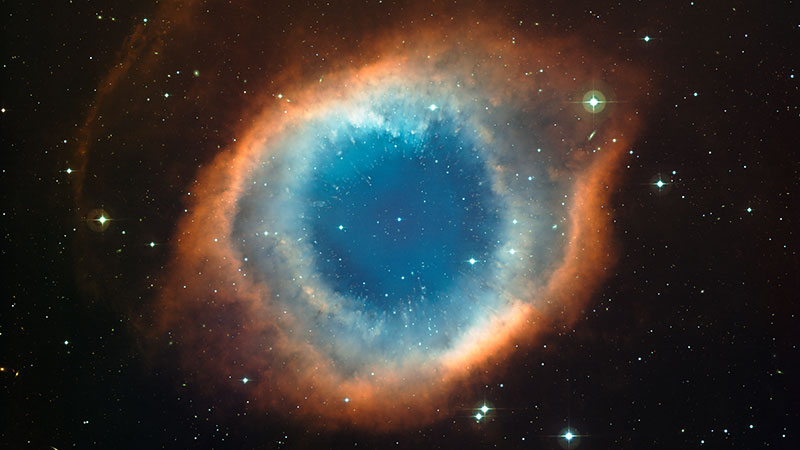Table of Contents

NASA Solar System Ambassador,
Astronomical League Master of Outreach,
Cruise ship speaker on Astronomy & space science,
Amateur astronomer and photographer for 50 years
This article continues from the prior discussion. If you haven’t read that yet, I suggest you check out https://astronomhub.com/2021/getting-started-in-astrophotography/ and then continue here.
Today we’re going to take a deeper dive into some of the considerations you should be aware of if you’re considering getting into astrophotography. As mentioned previously, you can take some good Milky Way photos with just a DSLR on a tripod. But we’re going to assume you’re interested in using a telescope for the purposes of this article.
Choosing a Telescope for Astrophotography
Recommending a telescope is a bit like recommending a car – do you want good mileage or something that can haul cargo? Budget friendly or price no object? Great handling or room for the kids?
More specifically with astrophotography, you need to think about:
- what types of objects do you want to photograph? Planets require a long focal length to see details, whereas deep space objects like nebulas and galaxies suggest a ‘fast’ system with an F ratio under 6


- where will you will be using it? Are you in a light polluted suburban backyard, or are you out in the country with dark skies?
- how portable does it need to be? Will you be more or less only using it at home or would you plan to take it out to dark sites? How much can you comfortably lift?
- Do you also want to use it for visual observing?
- What is the budget?

We could easily get sidetracked here and bogged down with details, but instead I’ll cut right to the punch line. Most experienced astrophotographers recommend the best telescope for someone starting out in astrophotography is a small, fast apochromatic refractor (APO).
More specifically, that means a high quality refractor with an aperture in the range of 70-100mm and a focal ratio between 5 and 6. This type of scope has several advantages:
- It will produce very quality images if paired with a good mount
- It is very rugged, not requiring collimation or adjustments that are required with mirror-based telescopes
- Lightweight and portable, easy to carry and mount
- Great color correction (compared to achromatic refractors)
- Handles temperatures changes well
- You will rarely have issues with condensation/dew
- Produces a wide, unobstructed field of view
- Can be used with barlows for excellent planetary viewing or focal reducers for even wider fields of view
Realistically, a good quality fast APO will cost US$1000 or more. Good deals can be found on used equipment sites like www.cloudynights.com or www.astromart.com. Astrophotography can easily get very expensive!

Choosing a Mount for Astrophotography
Sometimes telescopes are sold as a package with mount. Other times the optical tube assembly (OTA) is made by a specialty supplier who doesn’t make mounts, or vice versa. So it’s worth discussing some of things to consider when choosing a mount.
You will need a mount that tracks the stars to counteract the Earth’s rotation. It’s also a good idea to find one that has a ‘goto’ and database of objects, so once you are aligned you can quickly jump to your desired object, which might be too faint to find with a finder if you’re in a light polluted area.
There are two broad classes of mounts: equatorial and Alt-AZ. An Alt-AZ mount in its basic form may not be suitable for astrophotography (AP) due to Field Rotation. However, this can be overcome with a camera rotator accessory, or by taking 30 second or shorter sub exposures. Alt-AZ mounts are inherently simpler than equatorial mounts.
All of my photos have been taken on an Alt-AZ mount, some with a rotator. Observatory class mounts for huge telescopes are also Alt-AZ mounts. However, most serious amateur astrophotographers use an equatorial mount, sometimes called a German Equatorial mount (GEM). This design eliminates the field rotation issue but requires polar alignment and equatorial mounts are generally more complex and heavier than their Alt-AZ counterparts.

In choosing a mount for AP, a good rule of thumb is that the total weight on the mount head (OTA, counterbalance weights, finder, guidescope, camera, filters etc) should be only 50-60% of the mounts stated capacity. For example, a mount certified to hold a 40 lb telescope is probably best suited to a total weight of 20-24 lbs. This is because it is difficult for mounts to accurately track when they are loaded to maximum capacity.
Another consideration is weight. Just like telescopes, the best mount is the one that’s going to be used. If you have a mount with a hefty 50 lb head that requires laborious assembly with tripod, accessories, countershaft, and counterweights you might rarely use it.

OK, so you have a mount and a telescope, and can align, go to and track objects. Great! Now you need to select a camera, and may want to consider guiding. Stay tuned for Part 3 in this series!






